Materials scientists use rules that hold across different kinds of materials as powerful tools to understand material’s fundamental behavior, to predict their properties and performance, and to design new materials.
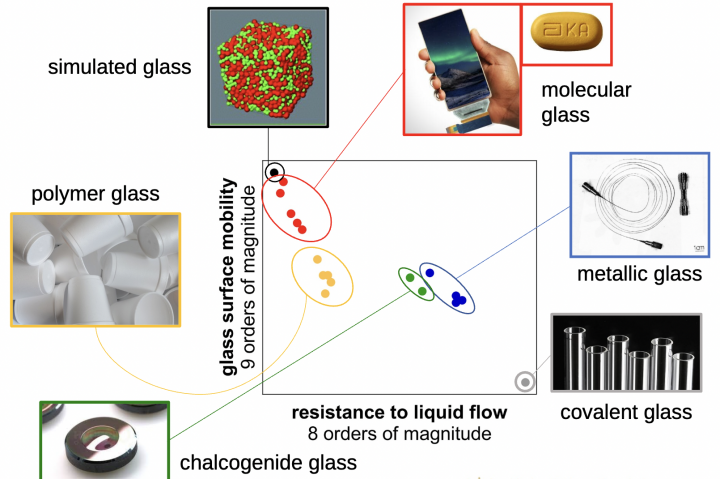
Materials scientists use rules that hold across different kinds of materials as powerful tools to understand material’s fundamental behavior, to predict their properties and performance, and to design new materials.
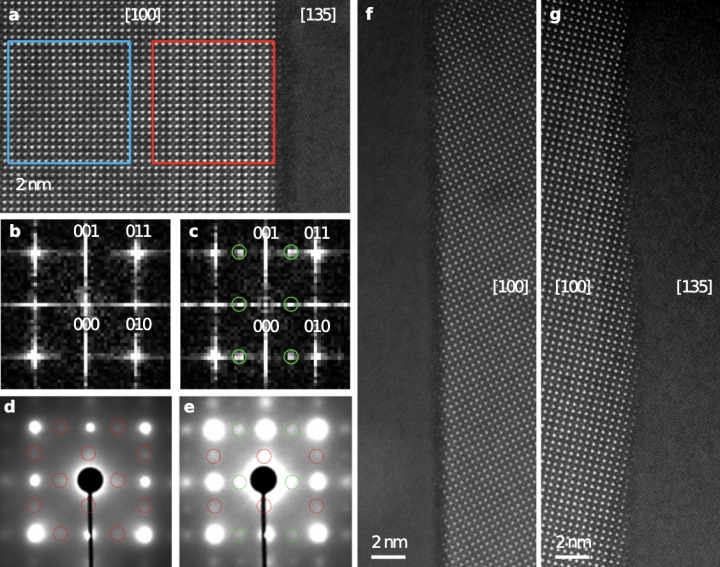
The main achievement of this research is revealing the atomic-scale origin of the low grain-boundary (GB) resistance in Li0.375Sr0.4375Ta0.75Zr0.25O3 (LSTZ0.75) perovskite solid electrolyte and providing insights on overcoming the ubiquitous bottleneck of high GB resistance in other oxide solid electrolytes.
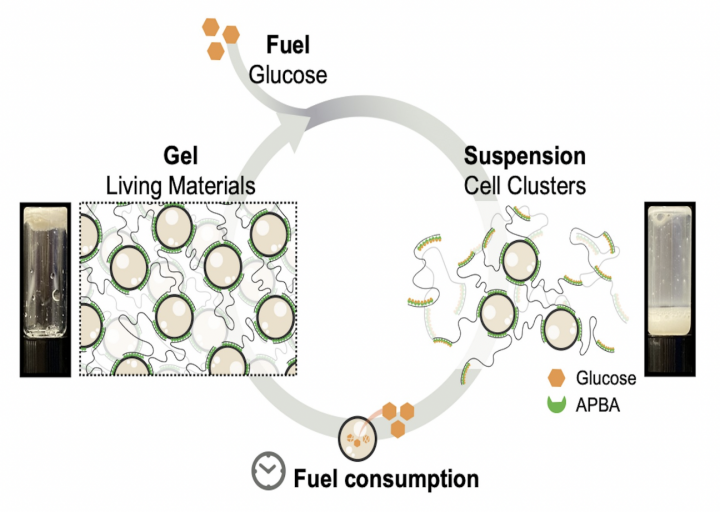
The first example of synthetic living material featuring dissipative behaviors directly controlled by the fuel consumption of their constituent cells.
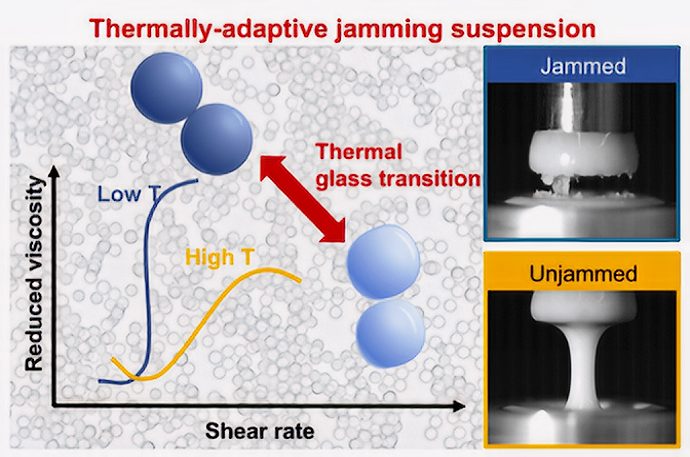
A collaboration between the de Pablo, Rowan and Jaeger groups at the University of Chicago developed a novel class of suspensions with stimuli-responsive polymer particles to be able to transition reversibly between liquid to solid behavior in response to temperature,
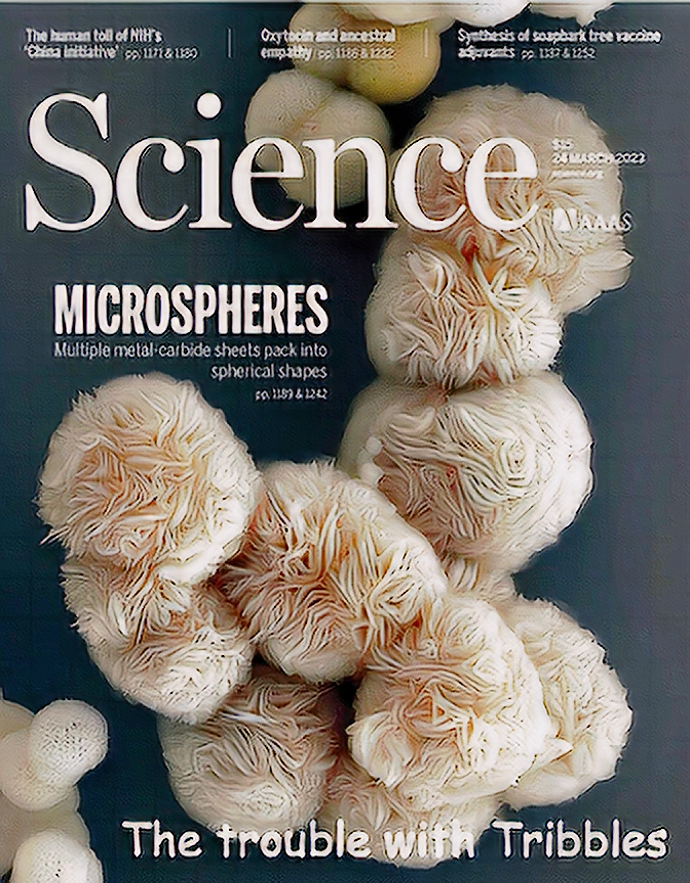
Novel chemical reactions enable scalable and atom-economic synthesis of two-dimensional metal carbides and nitrides (MXenes). These directly synthesized MXenes from the University of Chicago show excellent energy storage capacity for Li-ion intercalation.
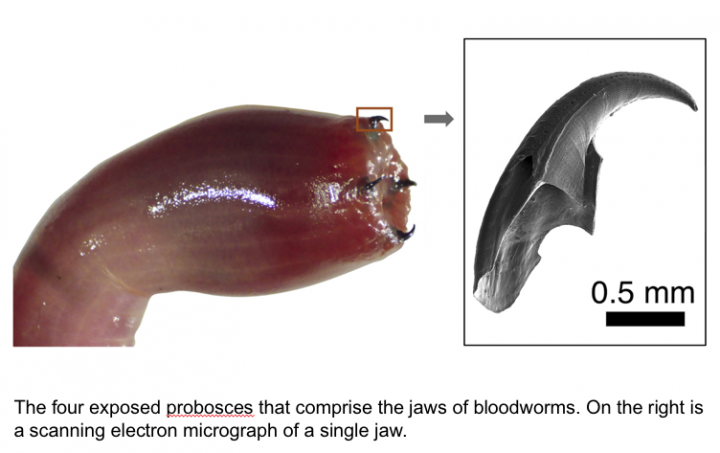
The key protein that helps bloodworms form copper-based mineral composites to make very strong jaws has been identified along with the several functions that it serves.
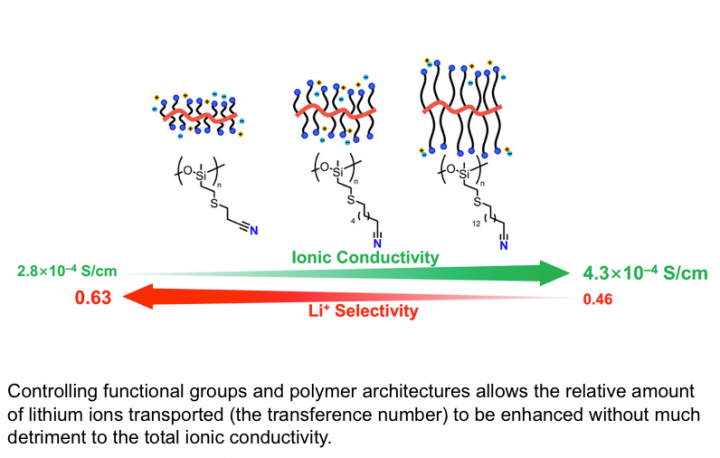
New lithium-ion transporting polymers, suitable for use as solid electrolytes in lithium ion batteries have been developed based on controlling the dielectric properties of polymers and details of the polymer architecture.
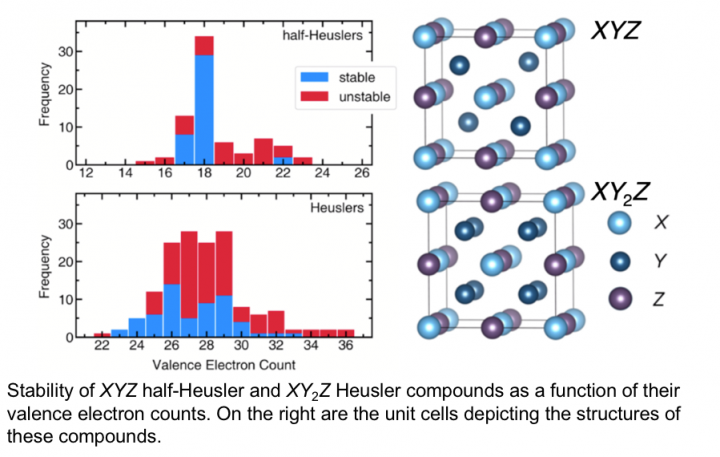
Rules for the creation of alloys within the family of Heusler compounds, which are ordered compounds formed between metals, have been broadly formulated.
Heusler compounds are important functional materials, used for their magnetic and thermoelectric properties. These rules will help in designing new materials with optimized functionality.
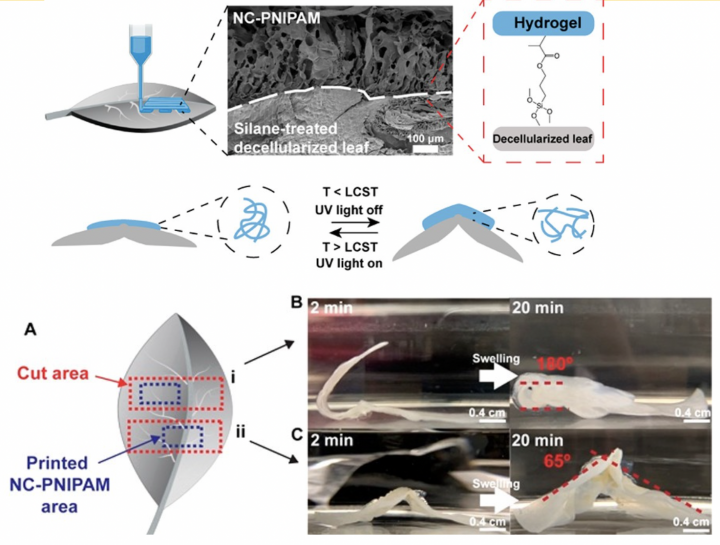
Plant/polymer composite materials have been fabricated. These composite materials are stimuli responsive and can undergo shape-shifting behavior in response to temperature or light.
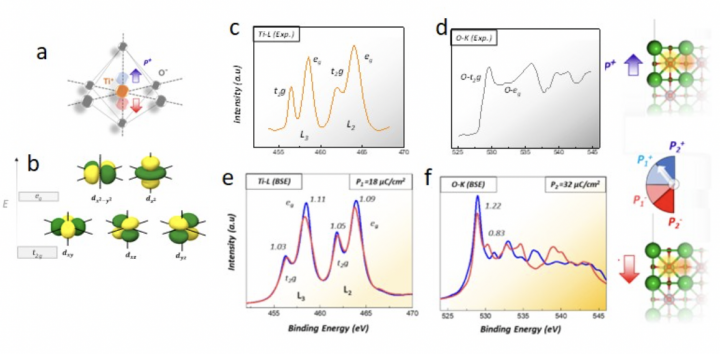
IRG1 has developed a toolkit for carrying out simulated X-ray adsorption spectroscopy (XAS). XAS is a powerful technique for understanding the surface local structure and chemistry of complex interfaces at the nanoscale.